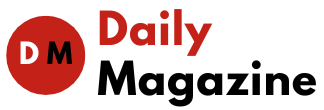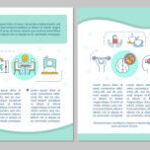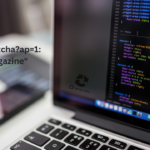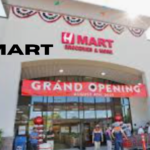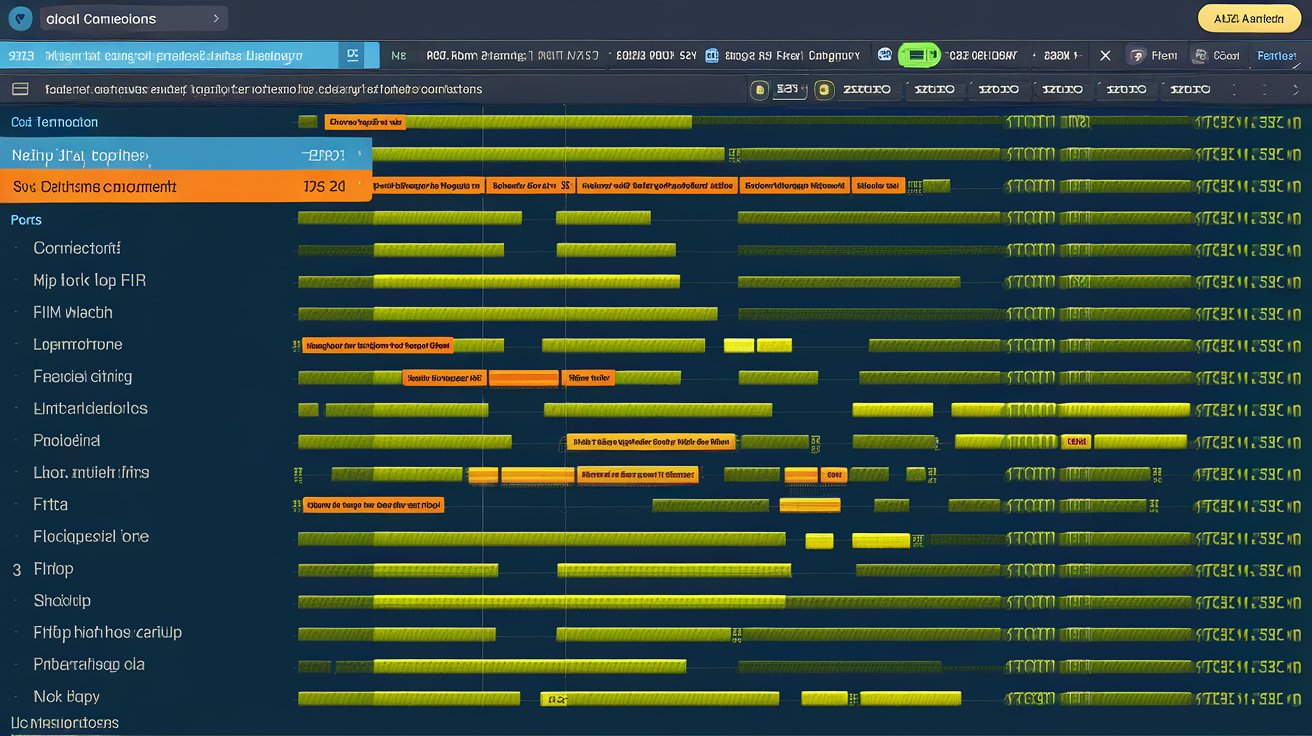splash captcha.ap=1 today’s digital landscape, ensuring the security and integrity of online platforms is paramount. The CAPTCHA system is one of the most common methods used to protect websites from automated bots. But what happens when a term like “splash captcha?ap=1: pressmagazine” comes into play? This article will explore the potential meanings, applications, and challenges of this enigmatic keyword.
What Is “splashui captcha?ap=1: pressmagazine”?
At first glance, “splash captcha?ap=1: press magazine” may appear to be a messy collection of terms, but each component carries significance in web development and online security.
- SplashUI: Typically, “SplashUI” refers to a graphical user interface element on a screen, often as a welcome screen or a security measure like a CAPTCHA. This interface could be users’ first interaction when visiting a website or accessing a particular feature.
- CAPTCHA: CAPTCHA stands for “Completely Automated Public Turing Test to Tell Computers and Humans Apart.” It is a widely used tool to differentiate between human users and automated bots. CAPTCHAs are essential in preventing spam, unauthorized access, and other forms of website abuse.
- ap=1: The “ap=1” part of the keyword seems to be a parameter, likely used within a URL or code to trigger specific actions or settings within an application or website. It could indicate a particular mode or function activated when this parameter is present.
- PressMagazine: This could be referencing a specific publication, platform, or media outlet, potentially one that requires secure log in or user verification, such as through a CAPTCHA system.
Exploring Possible Scenarios and Applications
Given the individual components of “splash captcha?ap=1: press magazine,” let’s consider how they might work together in a real-world scenario.
Website Authentication and Security
One plausible interpretation is that “splash captcha?ap=1: press magazine” is related to a specific process on a website, perhaps one used by a media outlet. The SplashUI could be the interface where users are greeted with a CAPTCHA challenge, ensuring they are human before accessing certain parts of the site. The “ap=1” parameter might be a specific setting within this system, activating a particular security mode or feature.
For instance, imagine a journalist attempting to log in to a press portal. The website employs a CAPTCHA system to prevent unauthorized access, presented through a SplashUI element. The “ap=1” parameter could signify that this is a secure login, requiring additional verification steps.
Also Read: Three Reasons The Ps5 Star Wars: Kotor Remake is Such a Huge …
Application-Specific Use Cases
Another possibility is that this keyword is tied to a proprietary application or internal system. In such cases, “splash captcha?ap=1: press magazine” might be a command or setting used by developers or administrators to ensure that a CAPTCHA is always displayed when users access sensitive features.
For example, within a custom content management system (CMS) used by a media outlet, “splashui captcha?ap=1: pressmagazine” could be a directive to enforce CAPTCHA verification whenever users attempt to publish or edit content under the “PressMagazine” section.
Challenges and Considerations
The complexity of “splash captcha?ap=1: press magazine” highlights the challenges developers and users face. For developers, implementing such a system requires careful attention to detail, ensuring that the CAPTCHA is effective in blocking bots and accessible to legitimate users. This includes optimizing the SplashUI for different devices and user experiences.
For users, encountering a system like “splash captcha?ap=1: press magazine” could be frustrating if not implemented well. While necessary for security, CAPTCHAs can sometimes be difficult to solve, leading to potential user drop-off. Developers must balance security needs with user experience, ensuring that the CAPTCHA system does not deter genuine users from accessing the site.
The Broader Implications of CAPTCHA Systems
While “splash captcha?ap=1: press magazine” may be a specific example, it touches on broader web security and user interface design themes. CAPTCHA systems are a critical tool in the fight against online threats, but they are not without their challenges.
As AI technology advances, CAPTCHA systems must evolve to stay ahead of increasingly sophisticated bots. This could involve integrating new challenges, such as image recognition or behavioural analysis, within the SplashUI. The future of CAPTCHA might even see the development of entirely new methods of user verification that go beyond traditional text and image challenges.
Conclusion: The Significance of “Splash Captcha?ap=1: press magazine.”
In conclusion, “splash captcha?ap=1: press magazine” is a specialized keyword, likely related to a secure web authentication process or a specific application setting. While the exact meaning may vary depending on the context, its components highlight key aspects of web security, user interface design, and the ongoing battle to keep online platforms safe from automated threats.
Understanding and implementing such systems is crucial for maintaining the integrity of online spaces, particularly for media outlets and other platforms where content security is paramount. As developers refine CAPTCHA systems, the balance between security and usability will remain a central challenge.
Through thoughtful design and consideration of user experience, systems like “splash captcha?ap=1: pressmagazine” can effectively protect websites while ensuring that legitimate users can access the content and features they need.
